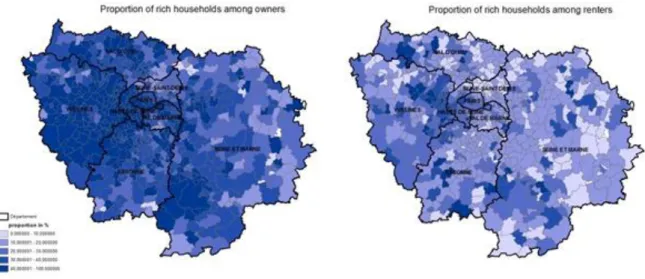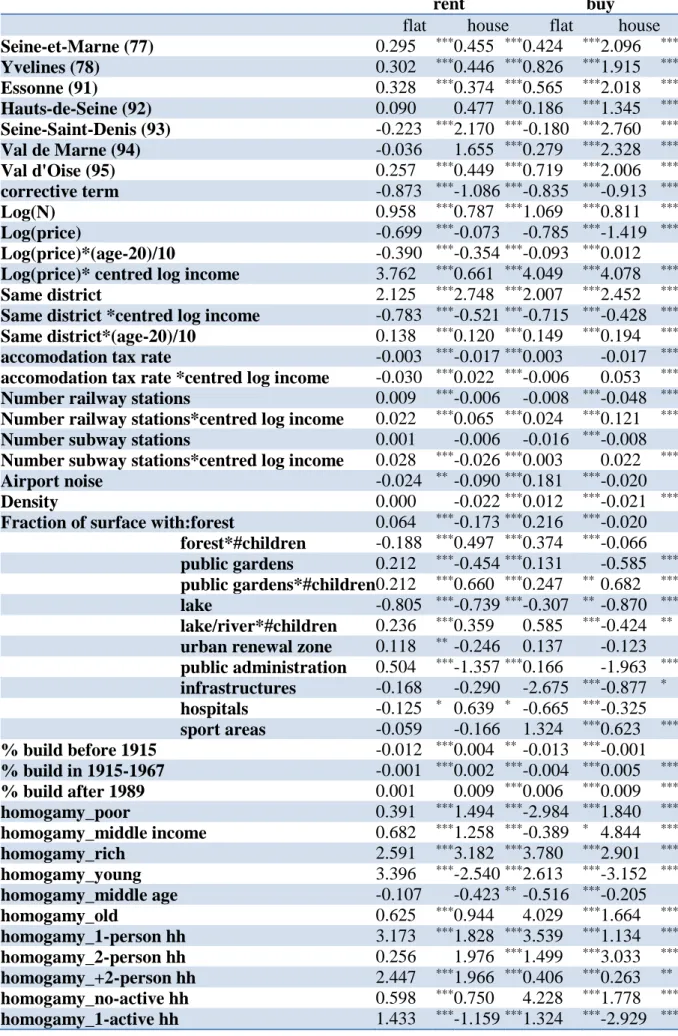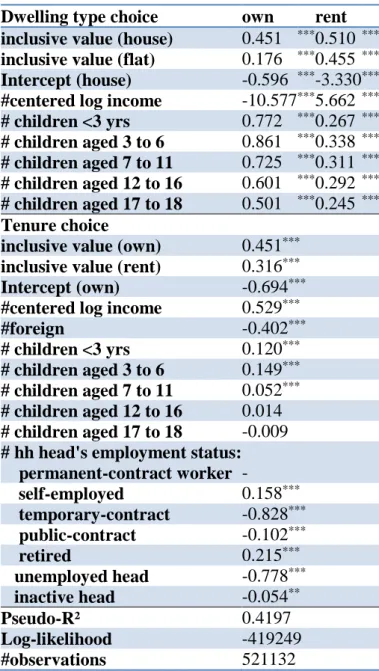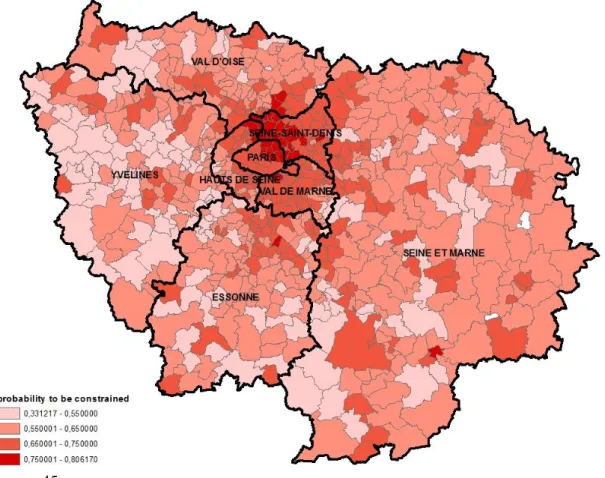EFFECT OF BORROWING CONSTRAINTS ON LOCATION CHOICE: EVIDENCE FROM THE PARIS REGION
Texte intégral
Figure




Documents relatifs
The aim of the present study is to analyse spatial disparities in terms of unemployment duration in the Paris area using flow indicators at the commune level or at the post code
Notice that, for the particular case of the nonlinear charac- teristic function based upon the Bernoulli law, the problem of parameter ζ larger than unity has been solved previously
However, the user should be defined in terms of different significant and influ- ential aspects to support a personalized dashboard design, thus being necessary to ex- tend
The variability in the final number of colonised sites amongst replicates of the same treatment (Figure 2) can be attributed to two distinct factors: (1) it was partly an effect of
A three-level nested logit model for the choice of residential loca- tion, workplace, and type of employment is used to assess the effect of an individual-specific measure
This differential access to credit may have different effects on how individuals participate in tenancy market: liquidity constraints may determine the households
The results summarized above lead us to the follow- ing interpretation : the thermal decay of o: centers obtained by optical bleaching of F centers is due to the
However, the present study showed that stand basal area and density could adequately predict the growth of okoumes in monodominant stands, without using age as a predictor. This





